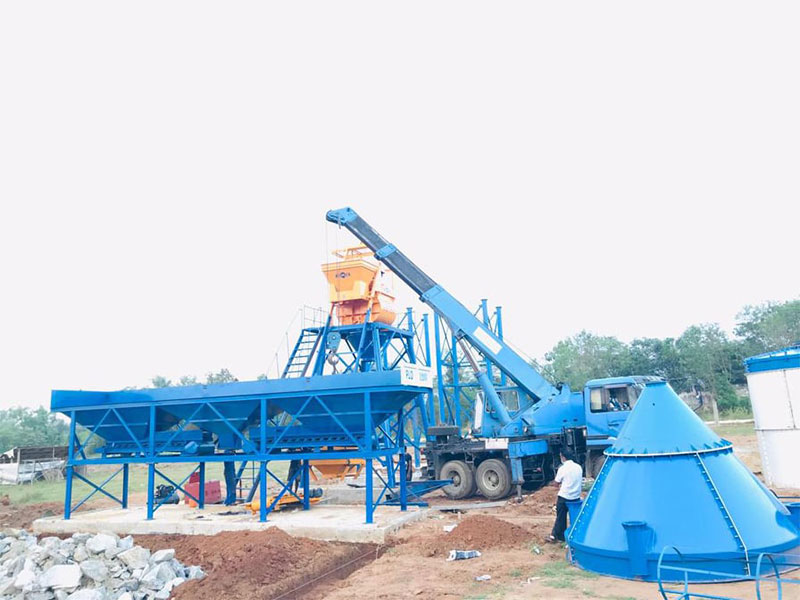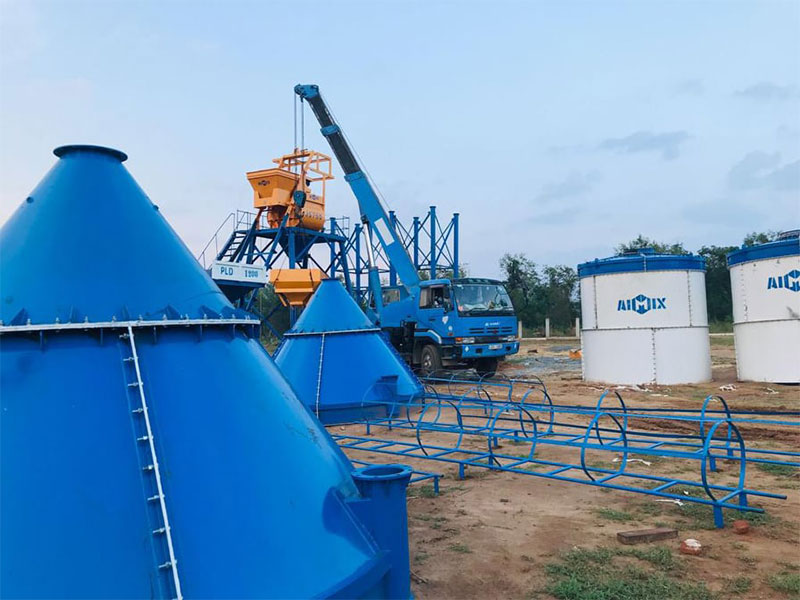Concrete plants play a vital role in the construction industry, providing the necessary materials for various projects. Two popular types of concrete plants are mobile batching plants and stationary concrete plants. While both serve the purpose of producing high-quality concrete, they differ significantly in terms of mobility, capacity, and operational characteristics.
Mobility and Flexibility
The most apparent difference between mobile batching plants and stationary jual batching plant tipe wet lies in their mobility. Mobile batching plants are designed to be transported easily from one site to another. They are mounted on wheels or a trailer, allowing for convenient relocation, even during ongoing projects. On the other hand, stationary concrete plants are set up permanently at a specific location and are not intended to be moved frequently. This makes mobile batching plants a more suitable choice for projects that require frequent relocation or have limited space availability.

Production Capacity and Output
Another significant difference is the production capacity and output of the two types of plants. Stationary concrete plants typically have higher production capacities compared to mobile batching plants. They are designed to handle large volumes of concrete and are commonly used for mega construction projects or in areas with a consistent demand for concrete. Mobile batching plants, while capable of producing concrete on-site, generally have lower production capacities. They are ideal for smaller to medium-sized projects that require a moderate amount of concrete output.
Installation and Setup Time
Setting up a concrete plant can be time-consuming, affecting project timelines. Stationary pabrik batching beton requires extensive installation and foundation work before they can become operational. This process involves constructing a solid base, installing various components, and connecting utilities, which can take several days or weeks. In contrast, mobile batching plants are designed for quick installation and setup. They typically come pre-wired and pre-assembled, requiring minimal groundwork. This advantage allows construction projects to commence sooner, minimizing downtime and accelerating the overall construction timeline.

Cost Considerations
Cost is a crucial factor in any construction project, and the choice between a mobile batching plant and a stationary concrete plant can have cost implications. Mobile batching plants generally have a lower upfront cost compared to stationary plants. They require less infrastructure investment and are suitable for projects with shorter durations or varying concrete requirements. However, in the long run, the operational costs of batching plant mobile may be slightly higher due to factors such as increased fuel consumption during transportation and maintenance costs associated with mobility. Stationary concrete plants, although more expensive initially, offer cost advantages for projects with high concrete demand over an extended period, as they tend to have lower operating costs.
Conclusion
In summary, mobile batching plants and stationary beton batching plant mini indonesia each have distinct characteristics that make them suitable for different construction scenarios. Mobile batching plants offer mobility, flexibility, and quick setup, making them an excellent choice for projects with frequent relocation or limited space availability. They are ideal for smaller to medium-sized projects. On the other hand, stationary concrete plants provide higher production capacities and are more suitable for large-scale projects with consistent concrete demand. Consider the project requirements, duration, space availability, and budget when deciding between a mobile batching plant and a stationary concrete plant, ensuring you select the option that best aligns with your construction needs.